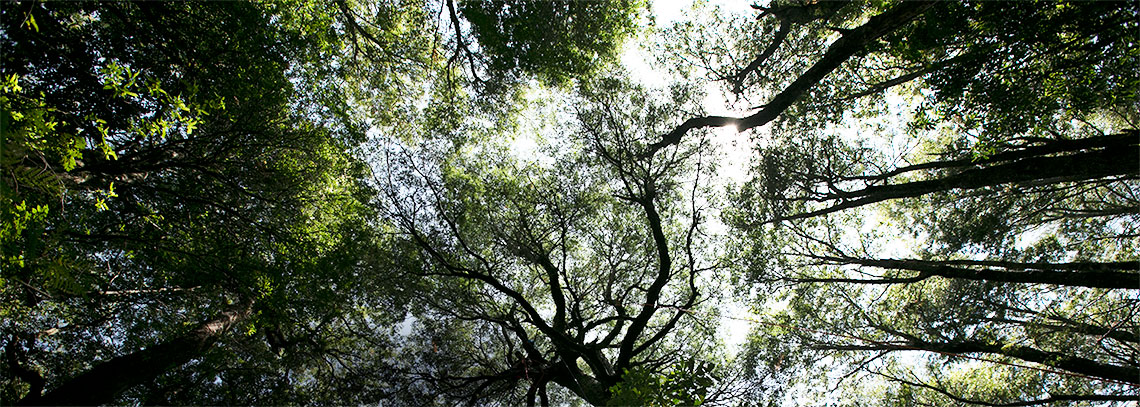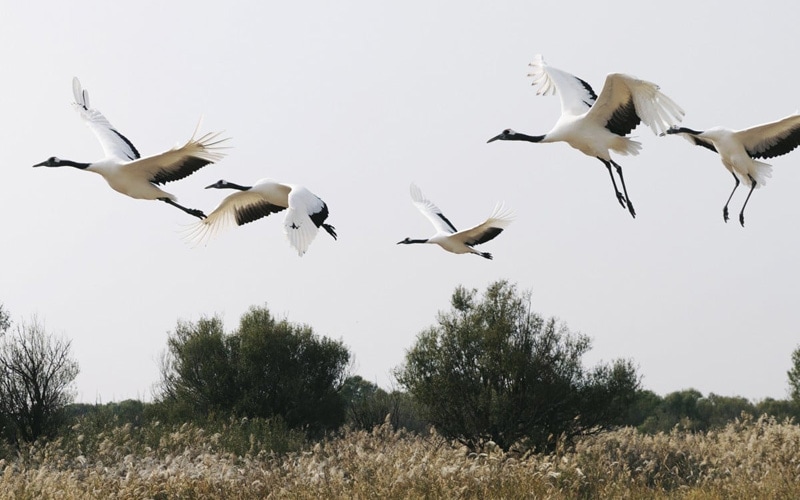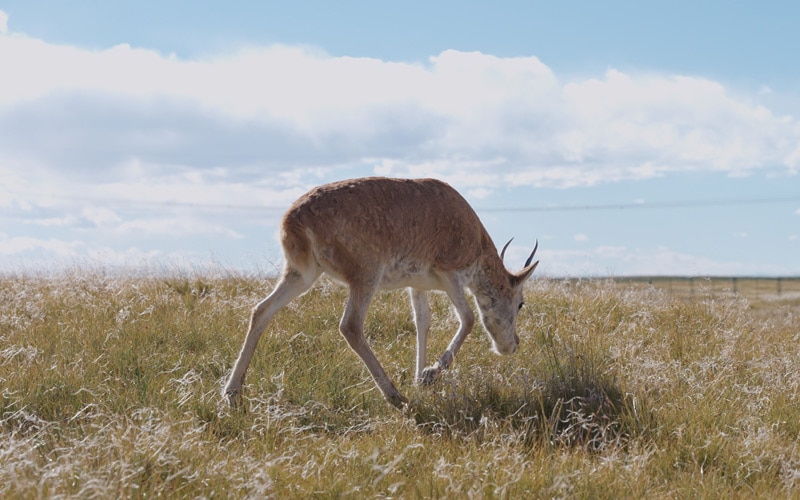A Protective Umbrella for Biodiversity in Chile
Chile's coastal mountain range of Nahuelbuta is a treasure trove of biodiversity. Pumas, skunks, Chilean deer, thousand-year-old monkey puzzle trees, and the Darwin's fox are just a few of the species that make the region one of the world's most diverse ecosystems.
Facing a barrage of constant threats, however, it's an ecosystem that's as fragile as it is magical.
Many indigenous species are endangered in Nahuelbuta, primarily as a result of human activity. Alongside natural phenomena like wildfires, human encroachment has upset nature's delicate balance, depleted biological diversity, and compromised the ecosystem as a whole. Conservation efforts in Chile are already very strong, with 20% of its landmass enjoying some degree of protected status. Deploying cutting-edge technology will add an extra layer of efficacy to studying and protecting indigenous flora and fauna, and overcome the limits of conventional approaches. It's time- and labor-intensive for rangers to cover large areas on foot and data collection and analysis is slow.
Small, Vital, and Threatened

Darwin's fox

Thousand-year-old monkey puzzle trees
Endemic to Chile, the Darwin's fox has been identified as an "umbrella species", a crucial link in the ecosystem chain with high conservation value. Named after iconic natural scientist Charles Darwin after he discovered the Canid species in 1834, the position of the diminutive fox in the middle of the food chain indicates the health of the wider ecosystem and is a natural choice to guide broader conservation efforts.
However, it is thought that fewer than 1,000 remain.
Distributed between two major population centers, around 100 are located in and around Nahuelbuta National Park and another 500 or so can be found in Chiloe island. Sightings in new locations in Chile have bolstered numbers, but the actual total remains uncertain.
What is certain is that they're close to extinction. The Darwin's fox has been decimated by threats such as habitat destruction, poachers, and farmers seeking to protect livestock. A major threat also comes in the four-legged shape of the canid's cousin: Canis Lupus Familiaris, aka the dog. Domesticated dogs let off the leash in Nahuelbuta National Park and feral dogs alike present a well-documented threat to the little fox – both as hunter and disease spreader.
The Invisible Guardians
Despite the critical threats to Chile's biodiversity, there is hope. Today's technology can perform vast amounts of monitoring and analysis at low cost, vastly surpassing even relatively recent capabilities.
In December 2020, a team of project partners came together to see how "Nature Guardians" could be deployed in Nahuelbuta to protect the fox and guide conservation efforts.
A tried and true acoustics monitoring solution developed by Rainforest Connection (RFCx), Nature Guardians are solar-powered devices that can identify animal calls and provide data for further study. They can also detect threats like gunshots and the trucks and chainsaws of illegal loggers. Installed high up in trees where they can't be seen, each Guardian covers an area of 3 km2, runs 24/7, and is networked to a cloud AI platform.

AI analytics is trained to recognize different animals, so that experts can study the distribution and behaviors of a given species and better guide conservation efforts through adaptive management. Equally, if a threat is detected, the system can send a real-time alert to forest rangers through an app, enabling a near real-time response.
As of August 2021, five Nature Guardian devices and ten edge devices had been deployed, covering 30 km2 of forest. The first phase of the project is focusing on the upper reaches of the Caramavida basin in Nahuelbuta, a biodiversity hotspot comprising the nation's largest area of connected native forest and thus a logical priority ecosystem. Ten bird species have already been identified and a Darwin's fox has been caught on a thermal camera. The project will expand to Chiloe island and the coastal areas of Valdivian forest, a new site where the elusive Darwin's fox has been spotted.
Project partners Rainforest Connection, Bioforest, Etica en los Bosques, the Ministry of the Environment for Chile, and Huawei bring an invaluable mix of local knowledge and expertise in conservation and technology to the table – a mix that gives hope for nature to thrive in Chile.
-
<1,000
Darwin's foxes remain
-
10
Bird species already identified








